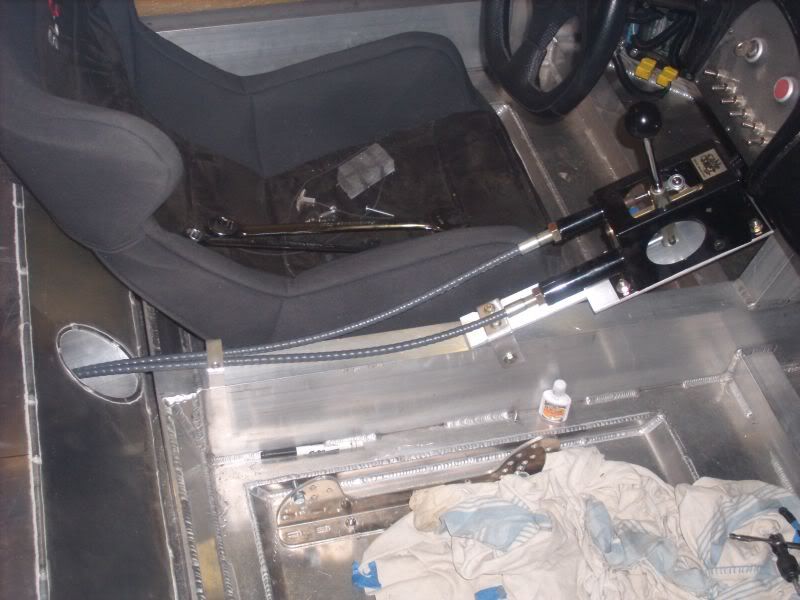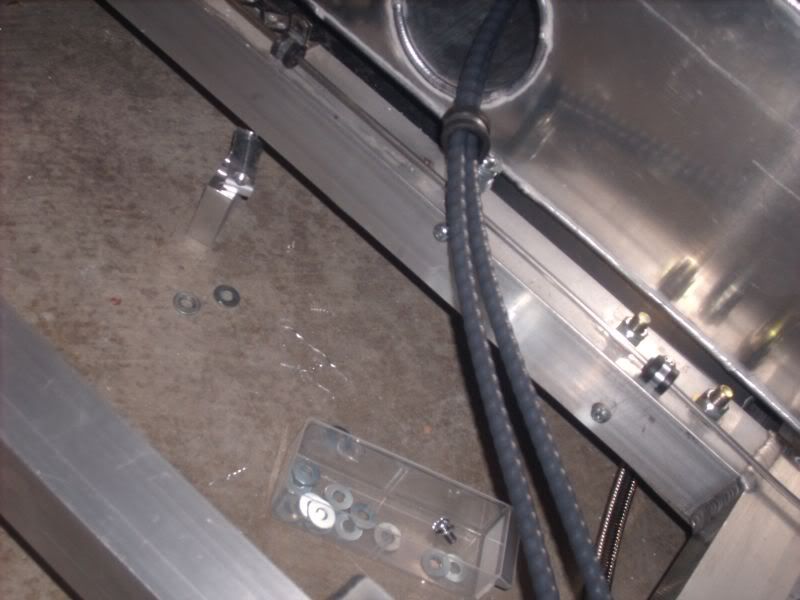Go easy on me, I've never done a transaxle before 
I've got my shifter mounted inside and the cables hooked onto the mounting bracket. By using a coupler I can extend the rod ends backwards and hook them onto the transaxle, buuuuut I have no idea what to adjust and how to adjust (I should preface this by saying my clutch is not installed - can I still setup the shifting w/o the clutch installed? ... even if I can't, assume the clutch were installed so I can reference this later on)
Now what?
For example, do I want to pull both of the levers on the transaxle back to their rearmost position, then pull the shifting cable as far back as it will go, then basically spin the rod end onto the cable and stop at the point when it hooks onto the transaxle ballstud? That seems the most logical way to set up that portion of it?
Then how do you adjust the shift portion inside the cabin? What am I trying to accomplish? (for example, with my manual clutch in my cobra it was as simple as put the car on flat ground and keep adjusting the cable until I could no longer get the car in gear, then loosen it a bit from that point so it could get back into gear, and then lock it in)
Thanks
I've got my shifter mounted inside and the cables hooked onto the mounting bracket. By using a coupler I can extend the rod ends backwards and hook them onto the transaxle, buuuuut I have no idea what to adjust and how to adjust (I should preface this by saying my clutch is not installed - can I still setup the shifting w/o the clutch installed? ... even if I can't, assume the clutch were installed so I can reference this later on)
Now what?
For example, do I want to pull both of the levers on the transaxle back to their rearmost position, then pull the shifting cable as far back as it will go, then basically spin the rod end onto the cable and stop at the point when it hooks onto the transaxle ballstud? That seems the most logical way to set up that portion of it?
Then how do you adjust the shift portion inside the cabin? What am I trying to accomplish? (for example, with my manual clutch in my cobra it was as simple as put the car on flat ground and keep adjusting the cable until I could no longer get the car in gear, then loosen it a bit from that point so it could get back into gear, and then lock it in)
Thanks




